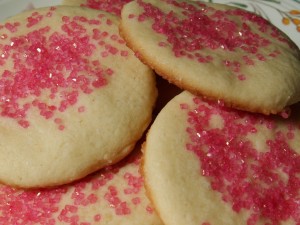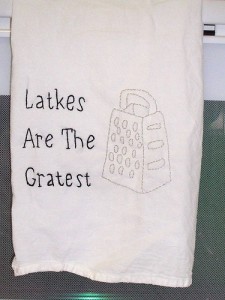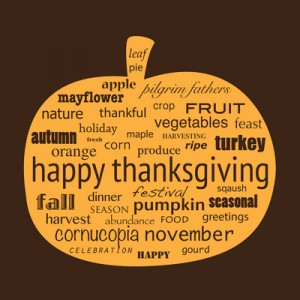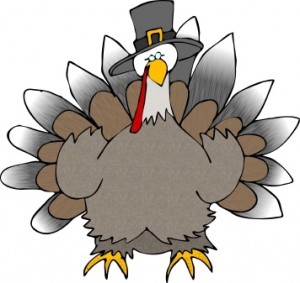 Bake With Less Sugar And Butter (You Can Really Get Away With It)
Bake With Less Sugar And Butter (You Can Really Get Away With It)
Does holiday season mean, among other things, baking lots of cookies: spritz, rolled, ginger bread men, meringues, pies, biscuits, breads, and whatever other recipe sounds good? Maybe not fruit cake.
The total number of butter and sugar calories in all of these baked delights would be so staggering it would absolutely spoil the deliciousness.
There are ways to lower the calories in baked goods without drastically affecting the taste or texture. In most cases, no one will even notice.
Some Baking Substitutions To Try
- Decrease the amount of fat and sugar called for in your recipe. Decreasing the amount of sugar by a third doesn’t even really affect the taste – although sometimes you need to experiment to see how it might affect the texture, too.
- For brownies, fruit breads, and cake-like cookies, use ¼ cup of applesauce and ¼ cup of vegetable oil or butter instead of a half cup of oil or butter – OR — replace half the butter or oil with unsweetened applesauce, pureed pumpkin, or mashed bananas. For every half-cup of oil you replace with pureed pumpkin, you’ll save more than 900 calories and 100 grams of fat — and pumpkin keeps baked goods moist.
- Use 2 egg whites or ¼ cup egg substitute for one egg; use 3 egg whites and 1 egg yolk for 2 whole eggs.
- Decrease the amount of sugar in your recipe by up to a half and add ginger, lemon zest, cinnamon, or cloves to spark the flavor.
- Substitute nonfat sweetened condensed milk for sweetened condensed milk.
- Use evaporated skim milk instead of evaporated milk.
- Instead of sour cream use nonfat or low fat sour cream, pureed low-fat cottage cheese, or low or nonfat Greek yogurt.
- Substitute low or nonfat cream cheese for full fat cream cheese.
- Substitute non-fat, 1%, or 2% milk for whole milk and half and half for cream.
- Substitute 1/2 cup mini chocolate chips, chopped dried fruit, or chopped nuts for 1 cup of chocolate chips.
- Swap 3 tablespoons of cocoa powder plus 1 tablespoon of oil or water for one ounce of baking chocolate.
- For frosting use sliced fresh fruit with a dusting of powdered sugar, sweetened and flavored (vanilla, peppermint) nonfat cream cheese, or nonfat whipping cream.
- Use whole wheat flour (12g of fiber per cup) or ground flax for up to half of your recipe’s white flour. Regular whole wheat flour will make baked goods heavier and denser. Try using white whole wheat four that is higher in fiber and nutrients than refined flour but is lighter than regular whole wheat flour.
- For fruit pies, use half the sugar called for in the recipe – a savings of 774 calories for every cup of sugar you don’t use.
- Substitute part-skim ricotta cheese for cream cheese in cheesecake, which doubles the protein and cuts the fat by about 60 grams for each substituted cup.
Tastes Aren’t Calorie Free
It’s amazing how little tastes and nibbles are so easy to forget in the calorie ledger. Just remember — the dough from the bowl has the same number of calories as the baked cookie – and they add up pretty quickly! Dump the bowls and beaters into the sink as soon as you’re finished with them to help resist the temptation of licking the batter off of the beaters and out of the bowls.



